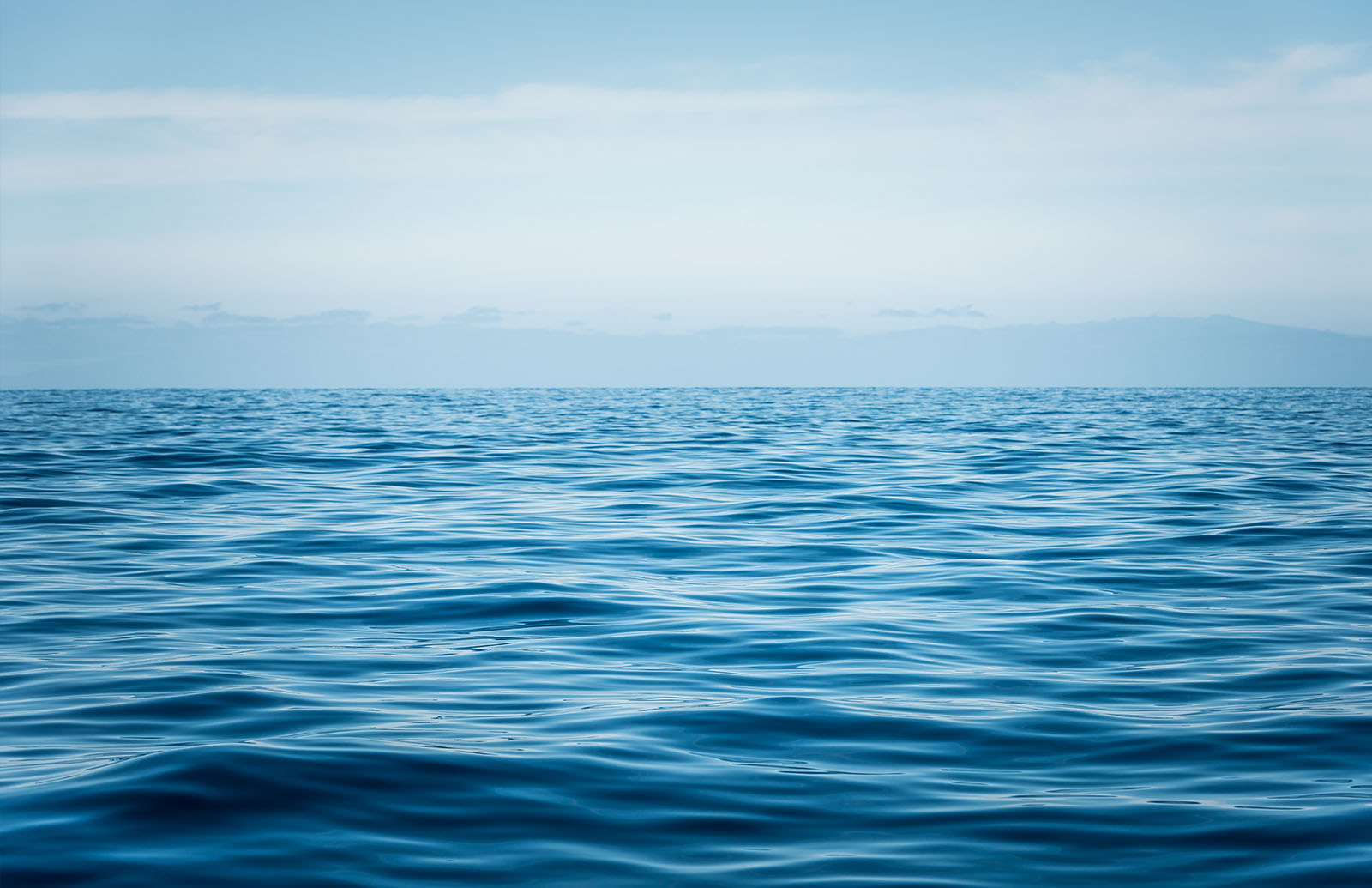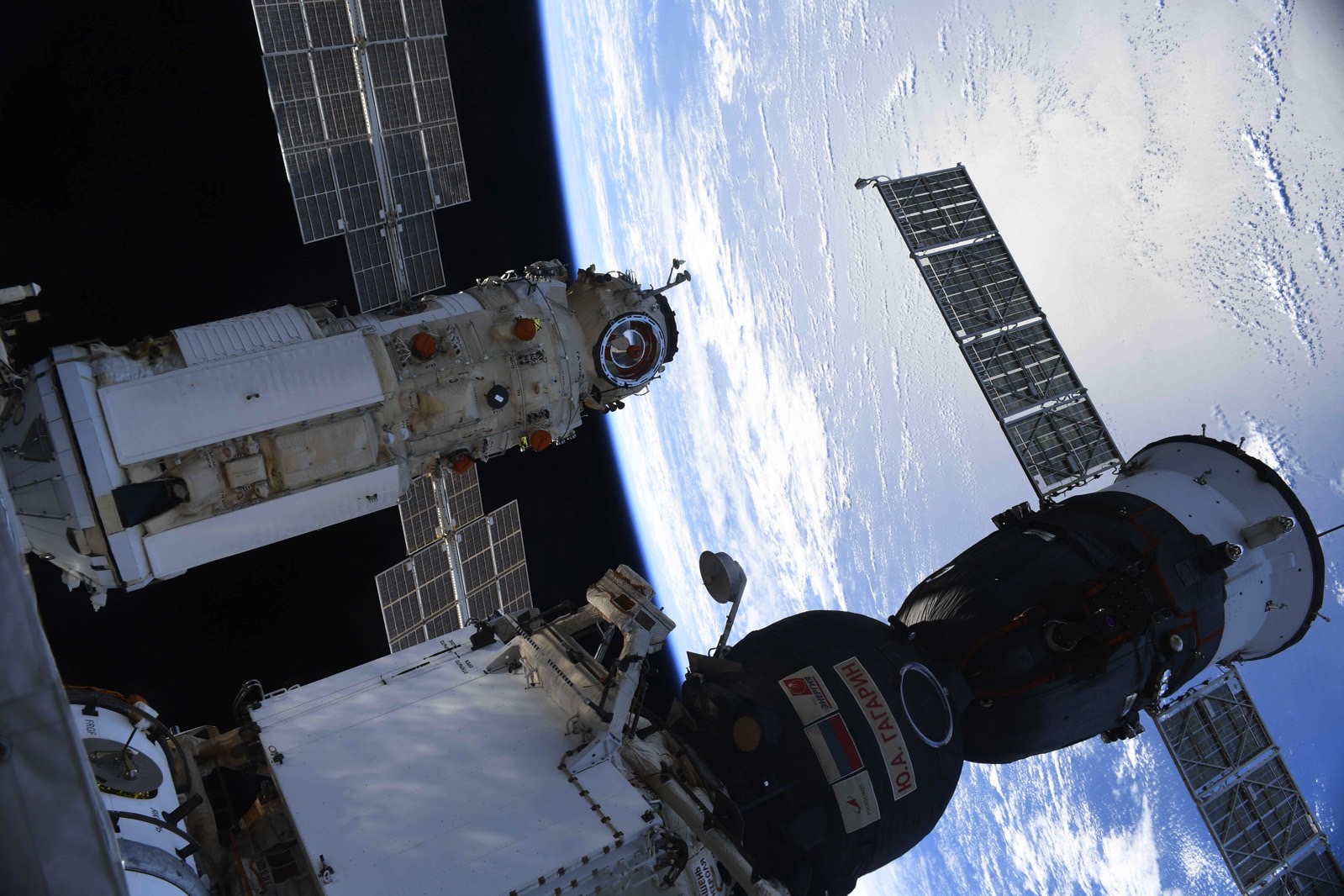NASA is planning to crash the International Space Station (ISS) into the Pacific Ocean. The move isn’t happening anytime soon. However, NASA did share more details about its plan to transition the ISS out of service at the end of 2031.
NASA detailed the plans in the International Space Station Transition Report. The idea is to help private and commercial sectors get established in the late 2020s. Then, NASA will bring the station into a deorbit. The news comes on the heels of an expansion of the ISS’s mission to 2030 by the Biden-Harris administration.
NASA plans to crash the International Space Station after 2030

At the end of 2030, after its mission has finally ended, The ISS will have been at work for over 30 years. The station launched in 1998 and has been a beacon of hope for astronomers hoping to learn more about the universe surrounding us. And we’ve learned tons thanks to the efforts that NASA and other space organizations have made there. Now, though, NASA wants to rely on Commercial LEO Destinations (CLCD) to help lead the way in the future.
Once the plan to crash the International Space Station into the Pacific has been put into place, NASA will place its researchers aboard CLDs. This will allow NASA to work with the private sector to continue pushing the envelope of space exploration. The transition plan will also rely on a number of indicators to create a timeline for deorbit.
For one, NASA says it will need at least one CLD capable of meeting its ongoing needs. Of course, NASA will also take the health and status of the ISS into account. Currently, NASA says the plan should allow an overlap between CLDs launching and the deorbit of the ISS.
Once NASA is ready, though, the ISS will be crashed into the Pacific Ocean at Point Nemo. Point Nemo has acted as a graveyard for hundreds of spacecraft in the past. It’s the furthest point in the ocean from land. This should remove the possibility of any debris causing harm to anyone. Additionally, NASA says it will take proper precautions to ensure the deorbit goes as smoothly as possible.
What’s happening now?

Just because NASA plans to crash the International Space Station after 2030, doesn’t mean that the work is done, though. For the next eight years, NASA will continue to push exploration and learning in space. The third decade is about building on the success of the partnerships that the ISS has made. NASA can then use these partnerships to lay the groundwork for commercial efforts in low-Earth orbit.
The ISS has already proven to be a great place of knowledge, like growing space lettuce, and helping lead other NASA missions. Still, the ISS still has plenty of work left to do.








